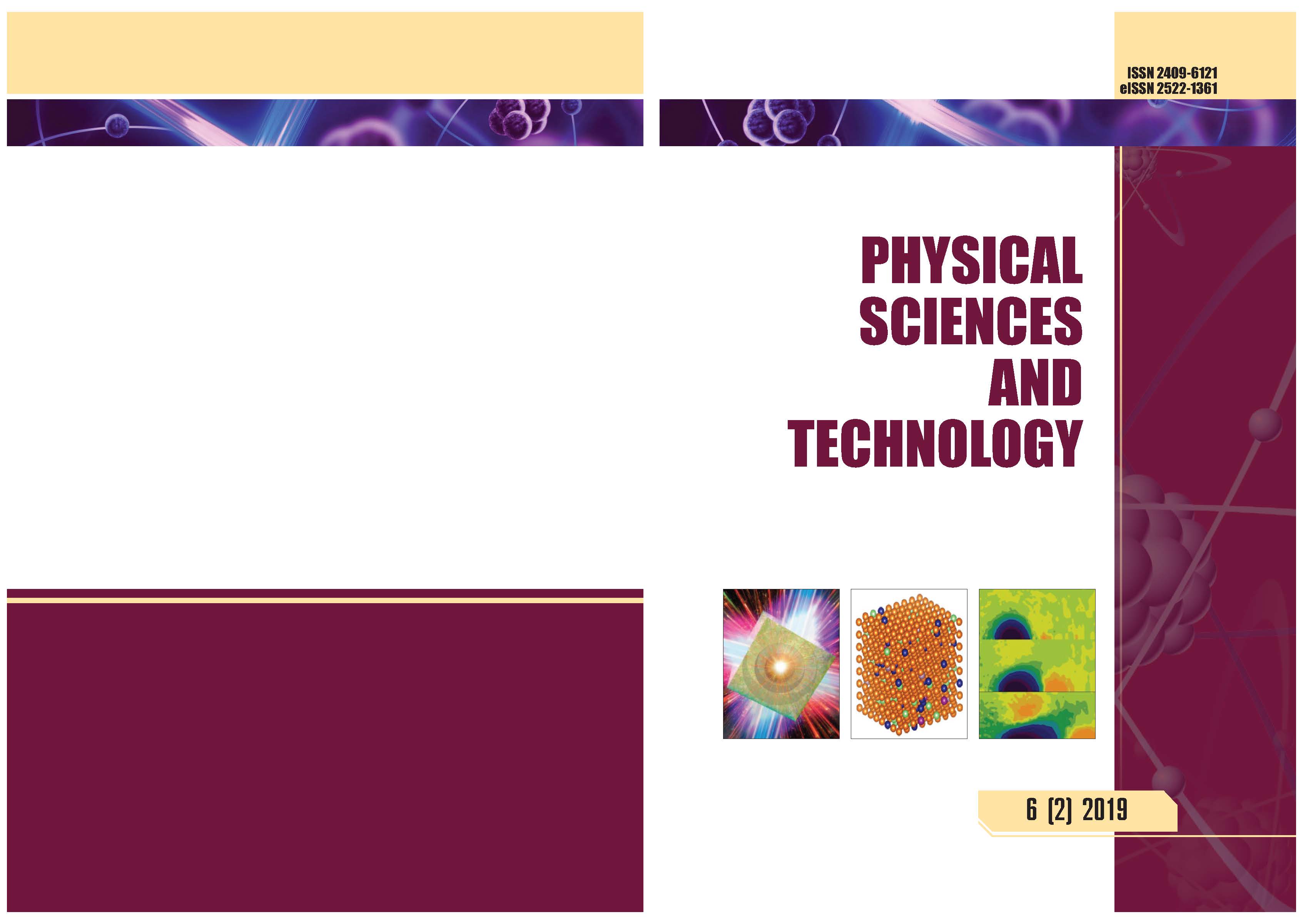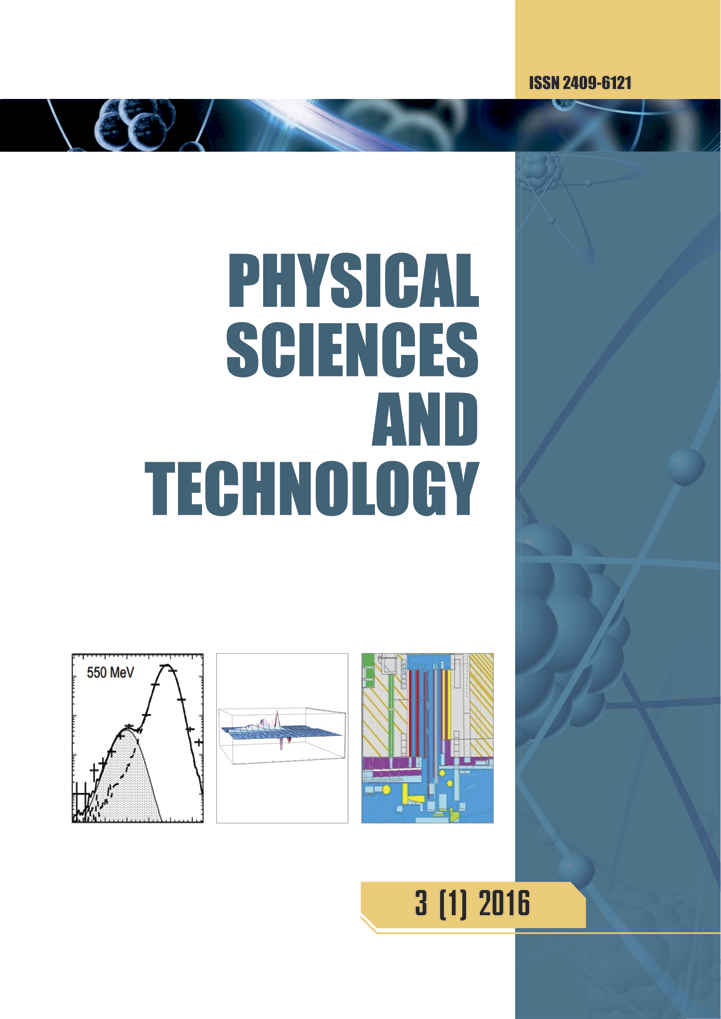Generation of ultrahigh fields by microbubble implosion
DOI:
https://doi.org/10.26577/phst-2019-2-p4Abstract
Breaking the 100-MeV barrier for proton acceleration will help elucidate fundamental physics and advance
practical applications from inertial confinement fusion to tumor therapy. A novel concept of “microbubble
implosion (MBI)” is proposed. In the MBI concept, bubble implosion combines micro-bubbles and ultraintense
laser pulses of 1020 – 1022 Wcm-2 to generate ultrahigh fields and relativistic protons. The bubble
wall protons are subject to volumetric acceleration toward the center due to the spherically symmetric
electrostatic force generated by hot electrons filling the bubble. Such an implosion can generate an ultrahigh
density proton core of nanometer size on the collapse, which results in an ultrahigh electrostatic field to
emit energetic protons in the relativistic regime. Laser intensity scaling is investigated for accelerated
proton energy and attainable electrostatic field using MBI. Three-dimensional particle-in-cell and
molecular dynamics simulations are conducted in a complementary manner. As a result, underlying physics
of MBI are revealed such as bubble-pulsation and ultrahigh energy densities, which are higher by orders of
magnitude than, for example, those expected in a fusion-igniting core of inertially confined plasma. MBI
has potential as a plasma-optical device, which optimally amplifies an applied laser intensity by a factor of
two orders of magnitude; thus, MBI is proposed to be a novel approach to the Schwinger limit.





